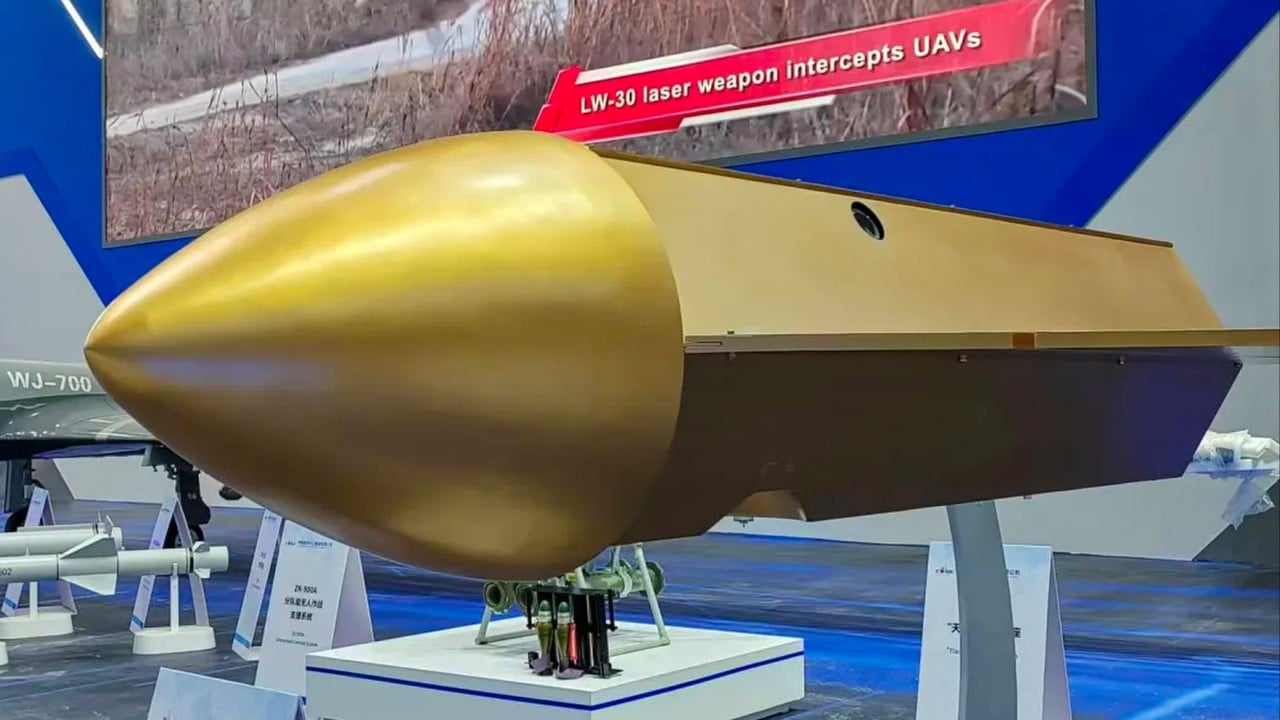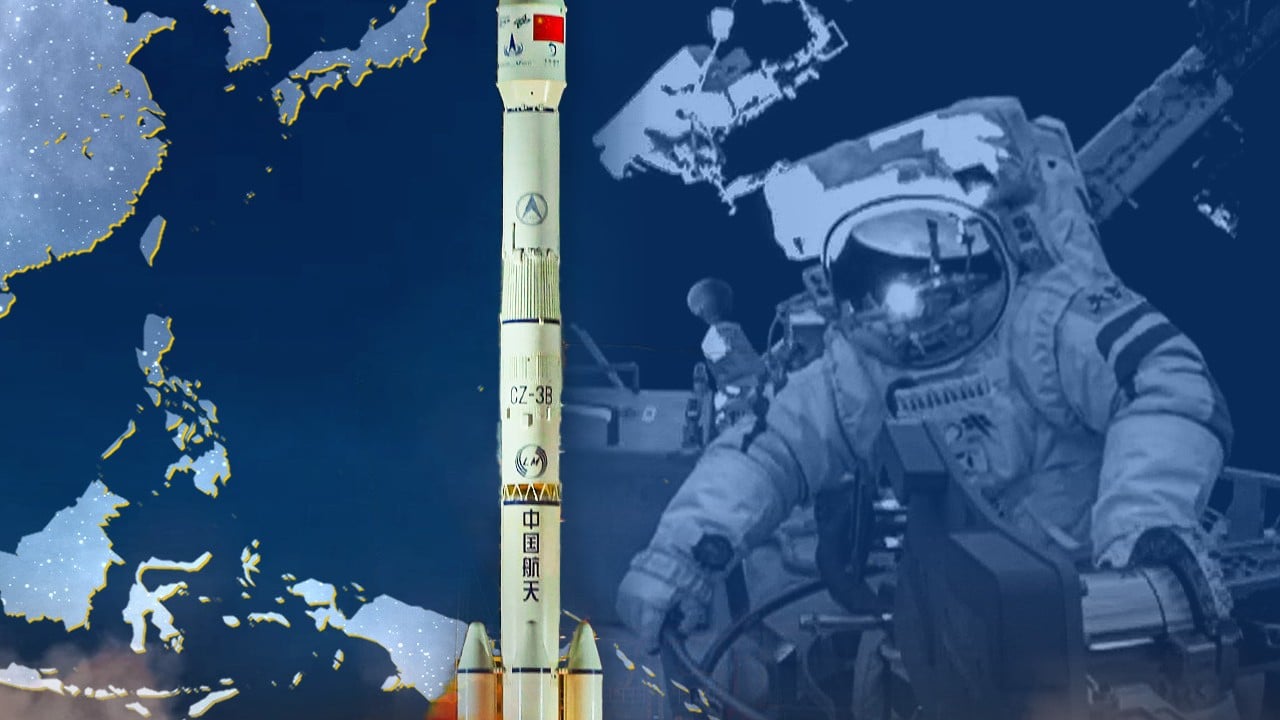China has completed key technology checks for an experimental satellite in very low Earth orbit (VLEO), marking an initial step towards building a 300-satellite constellation for high-resolution remote sensing and communications, according to local media.
Advertisement
Chutian-001, which was launched from the Jiuquan Satellite Launch Centre a year ago, showed core capabilities – including satellite system performance, high-resolution smart imaging and space environment monitoring – Hubei Daily reported.
The outlet said the tests showed major progress in key areas, such as precise satellite control in very low orbits, real-time target detection using domestically developed technologies and multi-sensor monitoring of the near-Earth environment.
The report did not disclose the satellite’s altitude or specifications such as mass or size. However, images from last year’s Zhuhai air show revealed the satellite’s streamlined, bullet-shaped body designed to reduce atmospheric drag, a key challenge for spacecraft operating below 300km (186 miles) where air resistance is much greater.
VLEO satellites typically circle the Earth at altitudes between 150km and 300km, offering advantages such as lower signal latency, stronger transmission, reduced power needs and potentially lower launch costs.
However, they must regularly fire on-board thrusters to counter atmospheric drag, which shortens their lifespan and demands more frequent replacement.
Advertisement
As part of China’s broader effort to grow its commercial space sector, the Chutian constellation project was launched in July 2023 by China Aerospace Science and Industry Corp (CASIC) in partnership with the Hubei provincial government. The constellation will be deployed in three phases.


